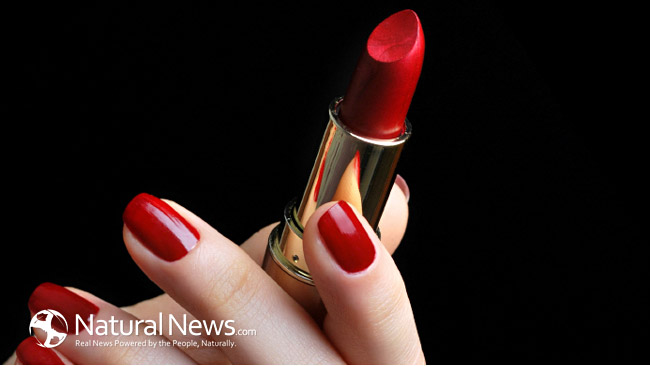We have twenty total on our body when it comes to fingernails and toenails. Some of us keep them short, tamed, long, clean, or dirty. Fingernails and toenails are part of our personal hygiene. There’s an entire nail industry full of colors, designs, and shapes. Besides being possible art projects, nails do have a purpose. Every primate has nails, although we can survive without them.
Here’s a list of reasons we have fingernails for motor functioning:
1. Protection – fingernails can stop viruses and bacteria from entering the body because they reach the nail before they reach the skin.
2. Sensation – our nails do have nerves so we can feel different objects with them.
3. Strengthening – they are a hard outer layer that help us grip and they have blood vessels; when we hold things tightly blood is still circulating.
Fingernails are made up of three layers of keratin. This is a type of amino acid protein and is also found in your hair. Therefore, many deformities with nails can be indicative of nutritional deficiencies.
The main reason we have toenails is for protection. Our toes are put in vulnerable situations all the time as we take steps that could lead to stubbing. Like fingernails, toenails can also keep viruses and bacteria away.
Fun fact is that the big toenail grows the fastest and the pinky toenail grows the slowest. Another interesting fact is that your fingernails grow twice as fast as your toenails. On average, fingernails grow 3.47 millimeters (mm) a month, while toenails grow an average of 1.62 mm a month. Because fingernails are closer to the heart, they have better blood flow.
The standard nail should have a pink bed, should be slightly rounded, and have faint vertical lines. Fingernail deformities can also be cause for medical concerns. The following nail condition could be related to health issues:
Horizontal lines – Doctors call these Muehrcke’s lines. It is when a person has low albumin levels (protein that helps maintain fluid balance and transport substances).
Concavity – This is calledkoilonychia. It is when the nails bend up at the sides. They make a U shape instead of the normal C shape. This happens in iron deficient people.
Pitting – This is whenshallow depressions are in the nail. It can be due to conditions such as areata, alopecia, or psoriasis.
Black line or band – This is when longitudinal brown bands appear on the nail and could be a sign of melanoma under the nail.
Pincer – This is when the nails are rounded. Certain medications like beta-blockers can cause this.
We can get manicures and pedicures, trim our nails, and make sure they’re totally clean. In the midst of doing all or any of these self-care nail tasks, we need to look for any visible signs our nails are communicating to us pertaining to our health. Don’t just pick your nails and toss them. They actually serve a purpose as everything on our body usually does for us.
Nail health in women – PMC (nih.gov)
Fungal Nail Infection | Dermatology | JAMA | JAMA Network



